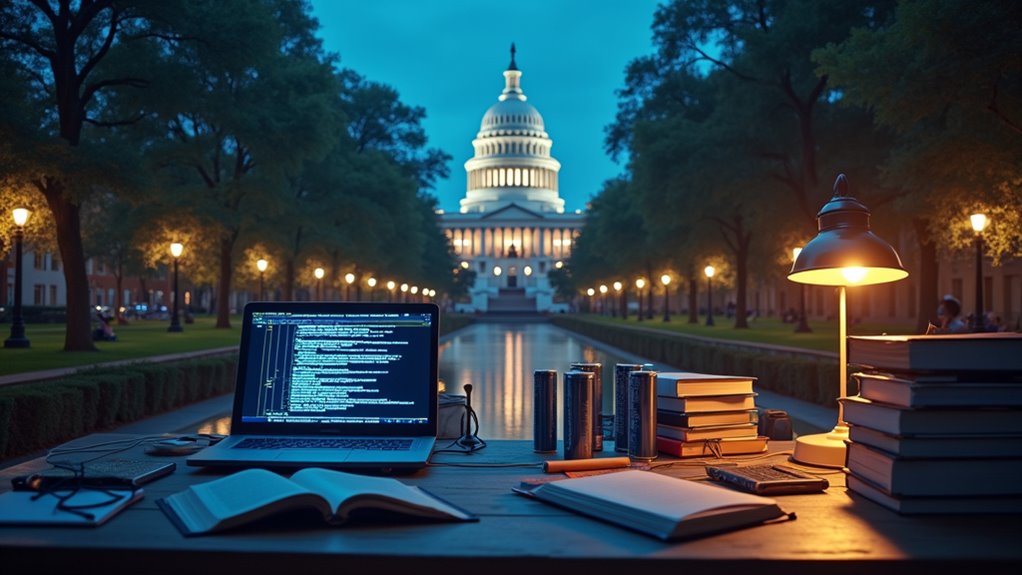In a move that even Netflix might pass on as too far-fetched, the U.S. government has handed its AI overhaul to a 20-year-old college student—yes, you read that right. There’s zero federal blueprint for letting undergrads run the tech show, especially when Congress can’t even agree on K-12 directives or AI funding. With university bans on generative AI and million-dollar licensing headaches, the whole project feels less Silicon Valley, more student dorm. Curious how this saga spirals?
Even in a world where TikTok dances can apparently change public policy, few expected the government’s latest AI overhaul to be handed to—wait for it—a college student. No, you didn’t misread that. While Congress debates student loan caps and the White House drops executive orders on AI education (mostly for K-12, by the way), somehow the reins of federal AI innovation have landed in the lap of someone still figuring out their meal plan.
Here’s the kicker: there’s absolutely no federal framework** for student-led government AI projects**. Recent House bills tinker with loan reforms, but nowhere in the fine print is “let a 20-year-old run the digital show” listed as best practice. And yet, here we are. Republicans are also proposing to eliminate previous income-contingent repayment options, replacing them with a two-plan system for student loans.]
Arizona State University, a poster child for “structured” AI access, rolls out licensed tools with consumption-based scaling. Translation: use more, pay more, hope nobody blows the budget training GPT on essay prompts.
At most schools, though, *half* of students say professors ban generative AI outright. According to Educause’s 2025 report, 50% of institutions restrict student AI use—so much for a digital meritocracy.
Let’s talk costs. Generative AI licenses aren’t exactly in the ramen-noodle price range, and with faculty talent gaps and administrative headaches, most universities scramble to build their own tools just to avoid vendor drama.
Meanwhile, April’s big White House directive is all about “AI for everyone”—if “everyone” means K-12 and teachers. College students? Not on the agenda.
The Trump administration’s deregulation push claims to free up innovation but, spoiler, offers no actual roadmap for AI rollout. If you’re hoping for bipartisan clarity, prepare to be disappointed: Democrats want structure, Republicans want states to figure it out, and nobody agrees on funding.









